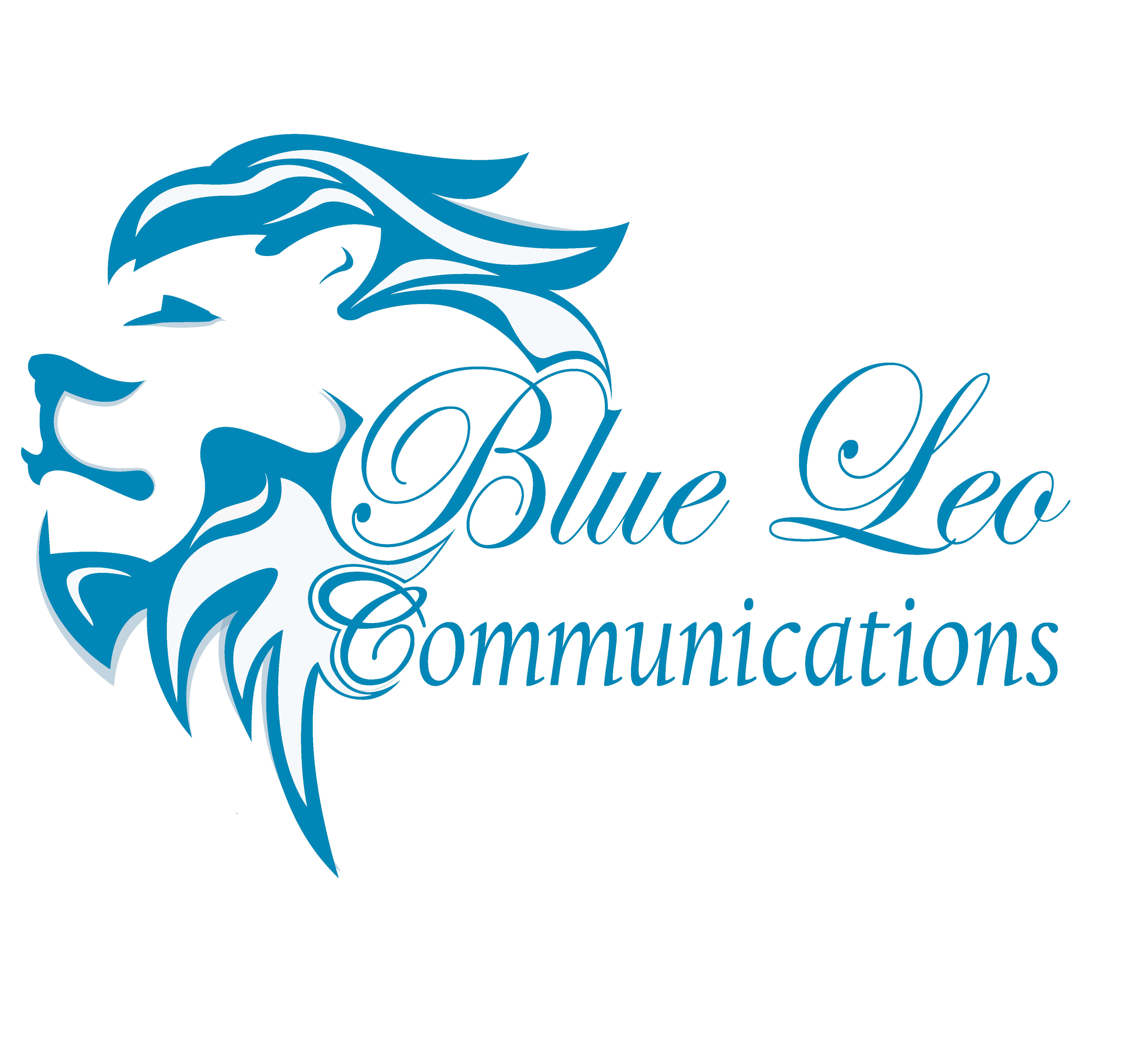On the verge of Gerber’s announcement of its annual spokesbaby on April 21, here is a reminder of how Gerber successfully used social media to boost its brand reputation.
In 2018, Gerber chose Lucas Warren, a one-year-old baby with Down syndrome, as its annual spokesbaby.
Gerber used a social-by-design media strategy to grab the attention of mainstream media. It engaged traditional outlets to announce the news, securing live and behind-the-scenes segment on Today Show on NBC and hosting a media tour with parenting and consumer lifestyle media.
This historic selection made the Gerber competition newsworthy, surpassing the average coverage by 600%.
Living up to its slogan that “every baby is a Gerber baby,” more consumers identified Gerber as inclusive, socially responsible, trusted, modern, and relevant, which gave it huge brand reputation.
Washington Post wrote that parents with Down syndrome children, celebrated. Instagram user nicki_bloms wrote: “As a mama currently carrying a cutie with an extra chromosome this made my day!!! Thank you Gerber!!”
Gerber Products Company was founded in the U.S. in the summer of 1927 and was sold to Nestle for $5.5 billion in 2007.

In 1928, Gerber held a contest to find a face to represent its brand. An artist named Dorothy Hope Smith presented her simple drawing of a baby she had sketched with charcoal and promised to finish it if she won. The judges however, fell in love with it and insisted to keep the primary sketch. This baby sketch became the face of Gerber and its official trademark in 1931.
Ann Taylor Cook is the famous little baby known in every American household. Her identity, however, was revealed after 40 years in 1978.
In 2010, Gerber decided to start a photo contest and choose a baby image as Gerber’s annual spokesbaby.
In 2018, Gerber chose Lucas as its winner. It was Lucas smiles that convinced his mother to share his picture for Gerber’s photo contest on Instagram. She said, “Everyone loved his smile”.
Why did Gerber’s 2018 contest go viral and catch on?
Based on Jonah Berger, a professor at the Wharton School of the University of Pennsylvania and an expert on why content goes viral, the success of Gerber’s viral content in 2018 attributes to 4 elements of the STEPPS (Social Currency, Trigger, Emotions, Public, Practical Value, Story) theory.
Social Currency: Historical selection of a baby with Down syndrome made Gerber appear as an inclusive and socially responsible brand. Gerber lived up to its slogan.
Emotion: Choosing a Down syndrome baby and making it the face of Gerber, a baby product almost everyone with a child uses, touches people’s hearts. “When we care, we share.”
Public: The decision was unique and valuable. People started talking about it and the news went viral amongst parents mostly.
Story: Gerber made sure that Lucas’s family was interviewed, and they talked about their dreams and ambitions for their son’s future.
Lucas’s choice as Gerber’s 2018 spokesbaby not only brought success and a stronger brand reputation for Gerber, it also spread awareness of acceptance of people with disabilities of all kinds.

